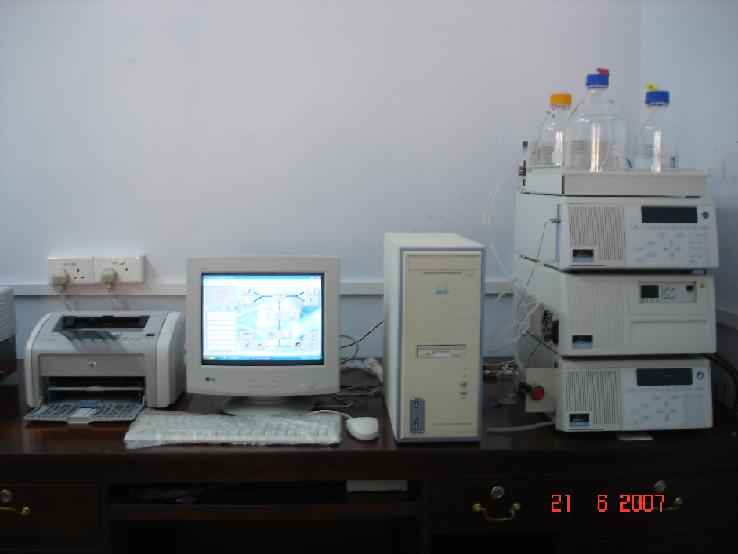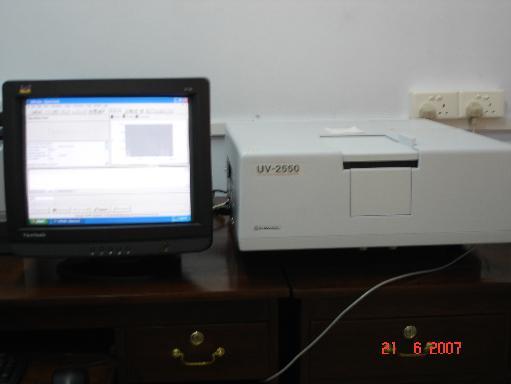Environmental Soil Science LaboratoryHealthy environment is a sign of a healthy nation. Increase in industrialization and urbanization has poses significant impact on the environment and also on human health. Therefore, there is a need to move our nation towards green revolution on emergency basis in order to convert the desert into pasture and to change the contaminated and uncultivated land into cultivated land. This could be done if academia, farmers/public and policy makers are working together. The problems will be identify by the local public and brought to the academia where the extent of the problem will be analyzed in the laboratory and result and recommendation will be forwarded to the policy makers and in the light of these recommendation policies should be prepared and pilot projects will be started in the area. National Centre of Excellence in Geology is in a process to establish Environmental Soil Science laboratory. In 2007, NCEG purchased Perkin Elmer Series 200 HPLC with UV-VIS detector, Shimadzu 2550 UV-VIS Spectrometer, density meter and refractometer.
High pressure liquid chromatograph (HPLC) is successfully used in pharmaceutical, pesticides, chemical & fertilizer, textile, food and beverages industries over the last century. However, its application in these industries is restricted to routine analytical analysis such as identification of various compounds present in a drug or mixture, separation of different compounds exists in a mixture, to determine appropriate ratio/concentration of individual compound to prepare a drug or pesticide. It is also used to separate and identify high molecular weight hydrocarbons present in a crude oil which is difficult to be identified from GC-FID or GC-MS
General principle of UV-VIS
Lab Incharge: Dr. Samina Siddique |

National Centre of Excellence in Geology
University of Peshawar


